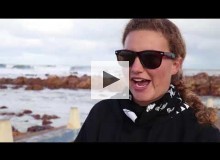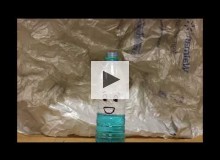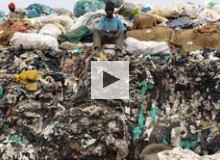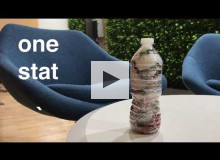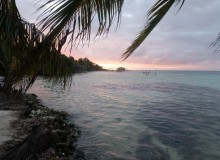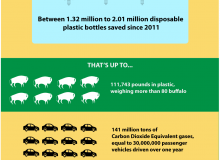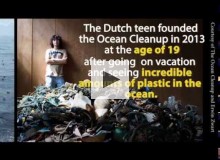plastic
Planet Forward Correspondent | George Washington University
The next piece in our Stories of Alaska series looks at the human impact, from warming climates to microplastics, in one of the least-inhabited places in the United States — and what we're doing about it.
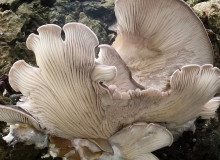
In 2014, scientists discovered that oyster mushrooms grown in a substrate of used diapers and lignin can break down cellulose found in the diapers for food, which reduces the diapers' weight and volume by up to 80%. (Martin Cooper/Creative Commons)
Suny-ESF
Certain biological processes harbor inherent potential for truly disposing of synthetic waste.
SUNY Oswego
Every month, Oceans Campus, an internship program located in Mossel Bay South Africa, goes down to Mossel Bay's point and cleans.
Eckerd College
A stop motion of the creation, life-span, and death of a non-reusable plastic water bottle.
George Washington University
Waste is cluttering our world, but some countries are trying to turn this around.
George Washington University
The next best thing to using no plastic is making plastic useful.
George Washington University
I recently traveled to the Mesoamerican Barrier Reef, and had my perspective completely changed about the importance of individual actions on the environment.
George Washington University
The Trump administration recently rescinded a 2011 ban on the sale of disposable water bottles in National Parks, which data show worked to prevent waste.
SUNY-ESF
This story is about a person's revelation of single use plastic and how it consumes our planet.
The George Washington University
The Ocean Cleanup is an invention created by a Dutch teen, Boyan Slat. His North Sea prototype uses the currents to passively collect plastic in the ocean.

